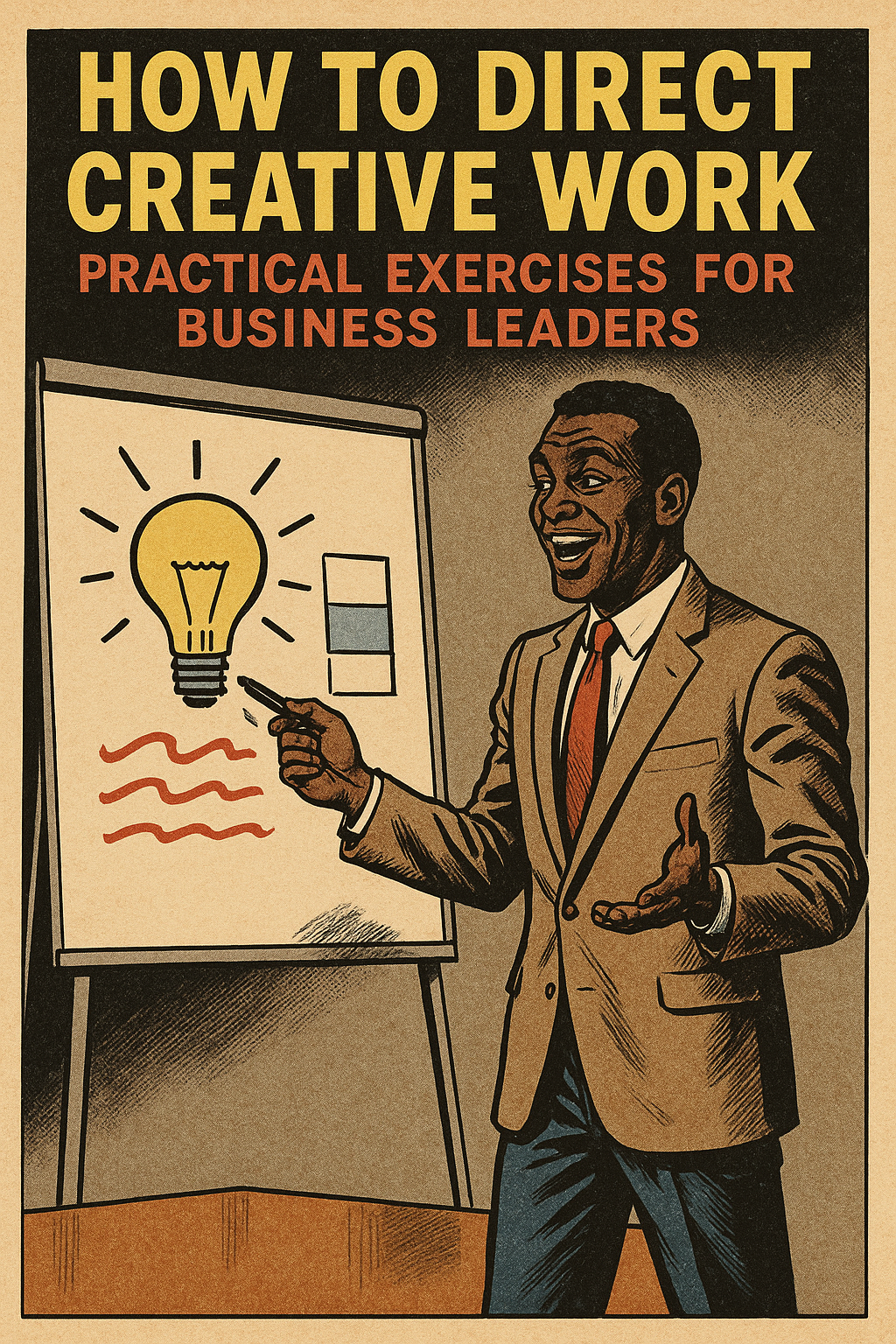It’s easy to think of feedback as a one-time exchange, a note in the margins, a comment in a meeting, a yearly review. But if you’re leading a business, or even a small team, how you process feedback says far more about your leadership potential than the feedback itself.
Many business owners and senior creatives know how to give feedback. Far fewer are skilled at receiving it, and even fewer take the time to examine how they metabolize it internally. The result? Growth stalls. Tension builds. Teams get quiet. Designers lose trust. And leaders, despite their best intentions, stop improving.
Here’s the truth: your leadership ceiling is set by your willingness and ability to process feedback with clarity, humility, and self-possession.
Feedback is not a referendum on your worth
For founders and designers alike, the work often feels personal. You’ve built something, made something, shaped something; and now someone is questioning it. The first instinct is often to defend, explain, or retreat.
Instead, try this: Pause. Ask yourself what part of the feedback feels threatening, and why. This moment of pause is where real leadership growth begins. Processing feedback well doesn’t mean always agreeing with it, but it does mean taking full responsibility for how you react.
The difference between reacting and responding
When we react, we act on instinct. When we respond, we act with intention.
To build leadership maturity, you must create a buffer between hearing feedback and acting on it. This gives you time to:
Determine the intent behind the feedback
Separate emotional responses from practical ones
Decide what’s useful and what’s not
Identify recurring patterns you may have overlooked
The goal isn’t perfection. It’s pattern recognition. What do people keep telling you, directly or indirectly? What do you keep resisting? That’s your growth edge.
Designers: your feedback loop is your career
If you’re a creative leader, how you process critique is the primary way your team learns what kind of environment you’re building. Every time you visibly shut down, over-explain, or avoid a hard conversation, you’re sending a message; one that ripples outward.
Ask yourself:
Do people feel safe giving you feedback?
Do you invite critique, or do you tolerate it?
Are you creating a culture where feedback goes both ways?
If not, your best designers will stop speaking up. Or worse, they’ll leave.
Business owners: processing feedback is your strategic advantage
In a culture obsessed with performance, it’s easy to view feedback only as data for improvement. But good leaders treat it as a trust-building mechanism. How you handle critique, especially when it’s poorly delivered, inconvenient, or unexpected— signals to your team whether you are leading from ego or from service.
The most respected founders are those who know how to listen without collapsing, question without defensiveness, and change course without shame.
Leadership grows in the quiet moments
Not during presentations. Not in all-hands meetings. Leadership deepens in the stillness between hearing something difficult and choosing how to respond.
The sooner you treat feedback as a tool for self-inquiry rather than a personal attack, the faster you grow. Not only as a leader, but as a person others want to follow.
If you’d like to workshop better ways to process feedback inside your creative business, we’re here. Quietly. Expertly. No ego.






